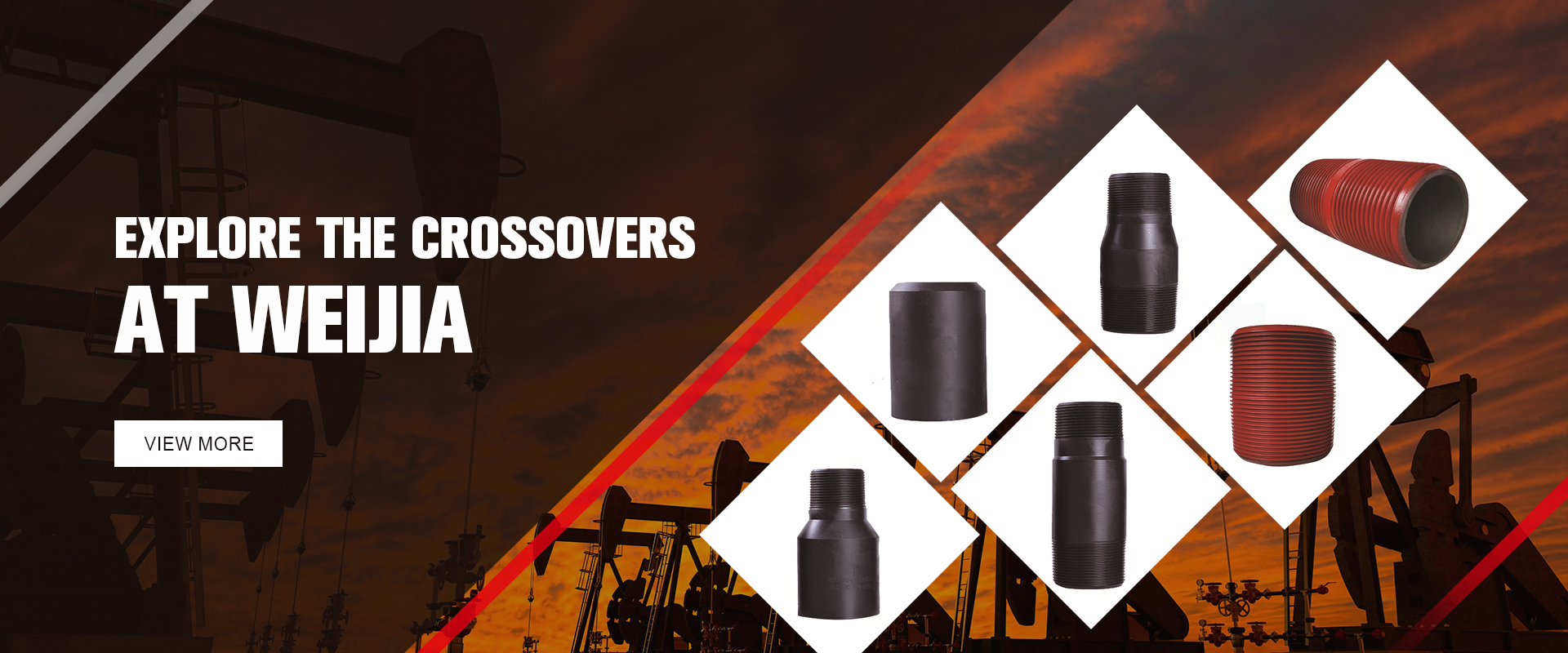- Afrikaans
- Albanian
- Amharic
- Arabic
- Armenian
- Azerbaijani
- Basque
- Belarusian
- Bengali
- Bosnian
- Bulgarian
- Catalan
- Cebuano
- Corsican
- Croatian
- Czech
- Danish
- Dutch
- English
- Esperanto
- Estonian
- Finnish
- French
- Frisian
- Galician
- Georgian
- German
- Greek
- Gujarati
- Haitian Creole
- hausa
- hawaiian
- Hebrew
- Hindi
- Miao
- Hungarian
- Icelandic
- igbo
- Indonesian
- irish
- Italian
- Japanese
- Javanese
- Kannada
- kazakh
- Khmer
- Rwandese
- Korean
- Kurdish
- Kyrgyz
- Lao
- Latin
- Latvian
- Lithuanian
- Luxembourgish
- Macedonian
- Malgashi
- Malay
- Malayalam
- Maltese
- Maori
- Marathi
- Mongolian
- Myanmar
- Nepali
- Norwegian
- Norwegian
- Occitan
- Pashto
- Persian
- Polish
- Portuguese
- Punjabi
- Romanian
- Russian
- Samoan
- Scottish Gaelic
- Serbian
- Sesotho
- Shona
- Sindhi
- Sinhala
- Slovak
- Slovenian
- Somali
- Spanish
- Sundanese
- Swahili
- Swedish
- Tagalog
- Tajik
- Tamil
- Tatar
- Telugu
- Thai
- Turkish
- Turkmen
- Ukrainian
- Urdu
- Uighur
- Uzbek
- Vietnamese
- Welsh
- Bantu
- Yiddish
- Yoruba
- Zulu
petroleum tubing coupling
Understanding Petroleum Tubing Couplings A Key Component in Oil and Gas Operations
Petroleum tubing couplings are essential components in the oil and gas industry, designed to connect lengths of tubing to facilitate the extraction process of hydrocarbons from underground reservoirs. These couplings are vital in ensuring the integrity and functionality of the entire tubing string, which plays a critical role in transportation of fluids through the wellbore.
A petroleum tubing coupling acts as a mechanical joint, providing a secure link between two sections of tubing. It is engineered to withstand the high pressures and adverse conditions typical in petroleum applications. The design of these couplings involves rigorous material selection and precise manufacturing processes to ensure they can endure extreme environments, including high temperatures, corrosive substances, and varying pressures.
The manufacturing of tubing couplings often involves the use of high-strength steel alloys. This choice of material is crucial as it provides the necessary durability and resistance to wear and tear that couplings are subjected to during operation. The couplings must also adhere to various industry standards, such as those set by the American Petroleum Institute (API), to ensure quality and safety.
petroleum tubing coupling

In addition to material properties, the design of petroleum tubing couplings can vary to suit different applications. Common types include threaded couplings, which utilize mechanical threads for connection, and premium connections, which are designed for high-performance scenarios. Each type has its own set of benefits and is chosen based on the specific requirements of the well, including depth, pressure, and the type of fluid being extracted.
Installation of these couplings is another critical consideration. Proper installation techniques are imperative to prevent leaks, which can lead to environmental hazards and significant financial losses. Operators often utilize specialized tools and procedures to ensure that each coupling is securely fastened and tested for any potential weaknesses.
Maintenance and inspection of petroleum tubing couplings are also essential aspects of their lifecycle. Regular checks help identify any wear, corrosion, or damage that could compromise the integrity of the tubing string. Timely maintenance can prevent catastrophic failures and extend the operational life of both the couplings and the overall well system.
In conclusion, petroleum tubing couplings play a pivotal role in the successful operation of oil and gas extraction. Their design, material selection, and maintenance are essential factors that contribute to the efficiency and safety of petroleum operations. As the industry evolves, advancements in coupling technology will continue to enhance the performance and reliability of these crucial components, supporting the ever-growing demand for energy resources.
-
Tubing Pup Joints: Essential Components for Oil and Gas OperationsNewsJul.10,2025
-
Pup Joints: Essential Components for Reliable Drilling OperationsNewsJul.10,2025
-
Pipe Couplings: Connecting Your World EfficientlyNewsJul.10,2025
-
Mastering Oilfield Operations with Quality Tubing and CasingNewsJul.10,2025
-
High-Quality Casing Couplings for Every NeedNewsJul.10,2025
-
Boost Your Drilling Efficiency with Premium Crossover Tools & Seating NipplesNewsJul.10,2025







